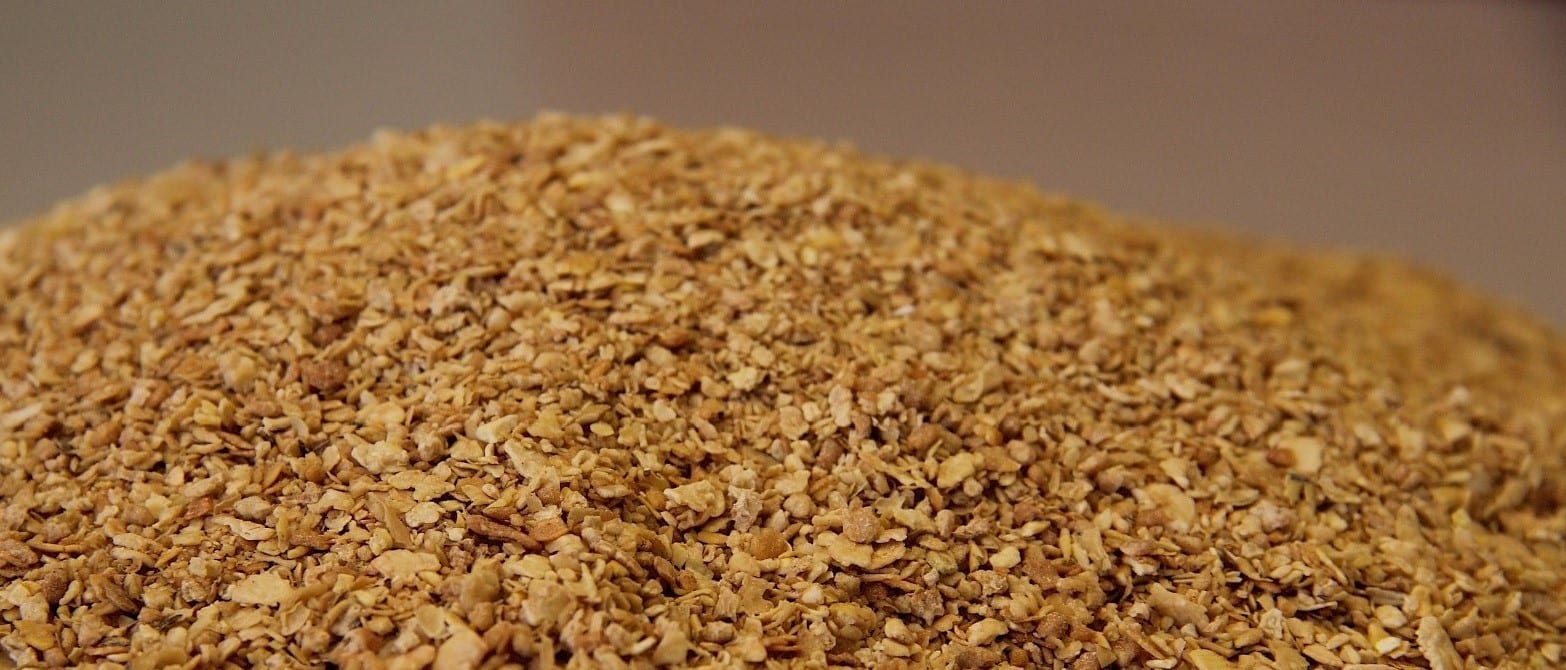Nutritionists Should Consider U.S. Soybean Meal’s Mineral Content when Differentiating between Origins
- Category:
- Animal Utilization
- General News

Although the available data for the mineral content of soybean meal are scarce and often contradictory, soy is considered to be a rich source of minerals and contributes to overall nutritional composition of animal feed. This is particularly true in the case of corn soy diets used for broilers, where the key minerals of the soybean meal contribute - on average - to the total feed supply with 11% for calcium, 12.5% for available phosphorus, and over 80 for potassium.

Nutritionists are asked to keep it all in balance: performances, health, and welfare of the animal and, at the same time, maintaining production efficiency and creating the highest quality end product possible. The highly regulated poultry farming industry and evolving environmental regulations are the key drivers influencing nutritionists to take a close look at the role of minerals playing roles in building metabolic balance, efficiency and achieving high performances in animal farming. A good example in this regard is the phosphorus content of soy, which is the most economically and environmentally important mineral simply because of the increased cost of inorganic phosphates, the widespread use of the enzyme phytase, and concerns about its environmental impact all over the world.
A study conducted at the University of Madrid, Spain in 2016 compared the mineral content of soybeans from the three key producer countries, the United States, Argentina, and Brazil, demonstrating that the origin of the soybeans affected in different ways the ash and mineral concentration of the soybean meal, with the most striking differences detected for phosphorus, calcium, potassium, and iron.
Phosphorus content was higher for the U.S. and Argentinian meals than for the Brazilian meals, although the differences were of little practical interest. Calcium content was higher and more variable for U.S. meals than for the South American meals. Moreover, calcium concentration was higher than expected based on the average calcium content of the beans reported by research leading organizations.
Meanwhile, the potassium content was higher in the Argentinian than in the Brazilian soybean meals with that of the U.S. meals being intermediate. The variability in content reported for most minerals were perhaps due to differences in soil characteristics, fertilization rate used and in their availability to be absorbed by the plant. In this regard, the soils in the main soybean planting areas of Brazil are very rich in aluminum and iron and poor in phosphorus. And the availability of these minerals is affected by the pH of the soil. At low pH, the phosphate ions react with aluminum (Al) to form less soluble compounds. However, low soil pH increases iron (Fe) and Al absorption. Consequently, the Brazilian soybeans that are mostly produced in very acidic soils, proved to have less phosphorus and more aluminum and iron contents than the U.S. and Argentine soybean meals. In addition, total ash and some minerals, such as calcium and iron, might appear in the soybean meal as a result of contamination from the soil or the crushing plant.
In conclusion, the mineral content depends on origin of the soybean meal, with Brazilian origin soybean meals having more iron but less calcium and phosphorus compared to the meals from other origins. Consequently, nutritionists have to consider the mineral content in order to properly differentiate between country of origin, when preparing matrices for evaluating the nutritive value of commercial soybean meals and properly select the feed additives to enhance corn soy diets.
